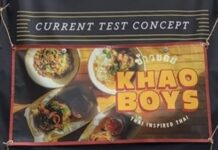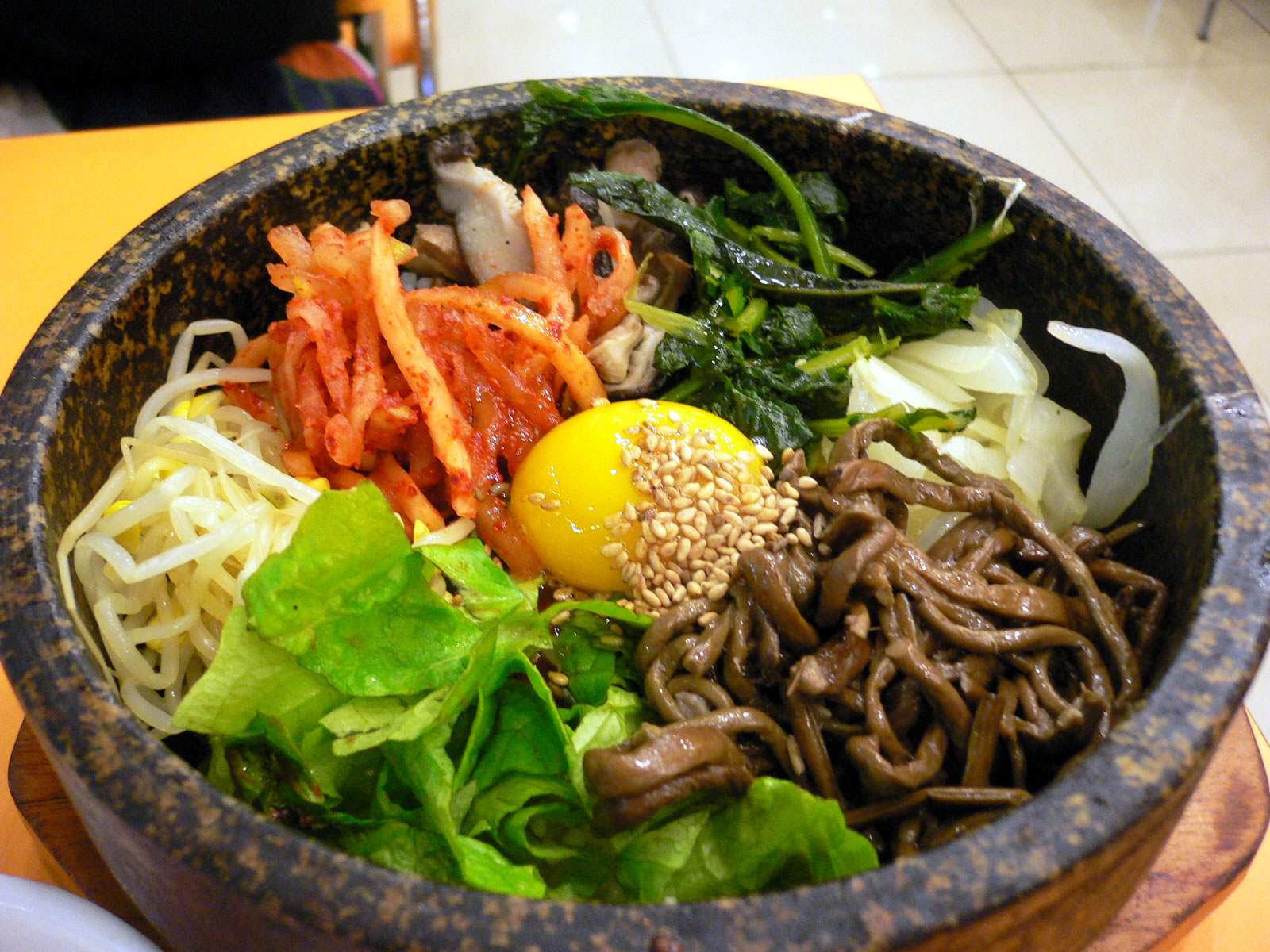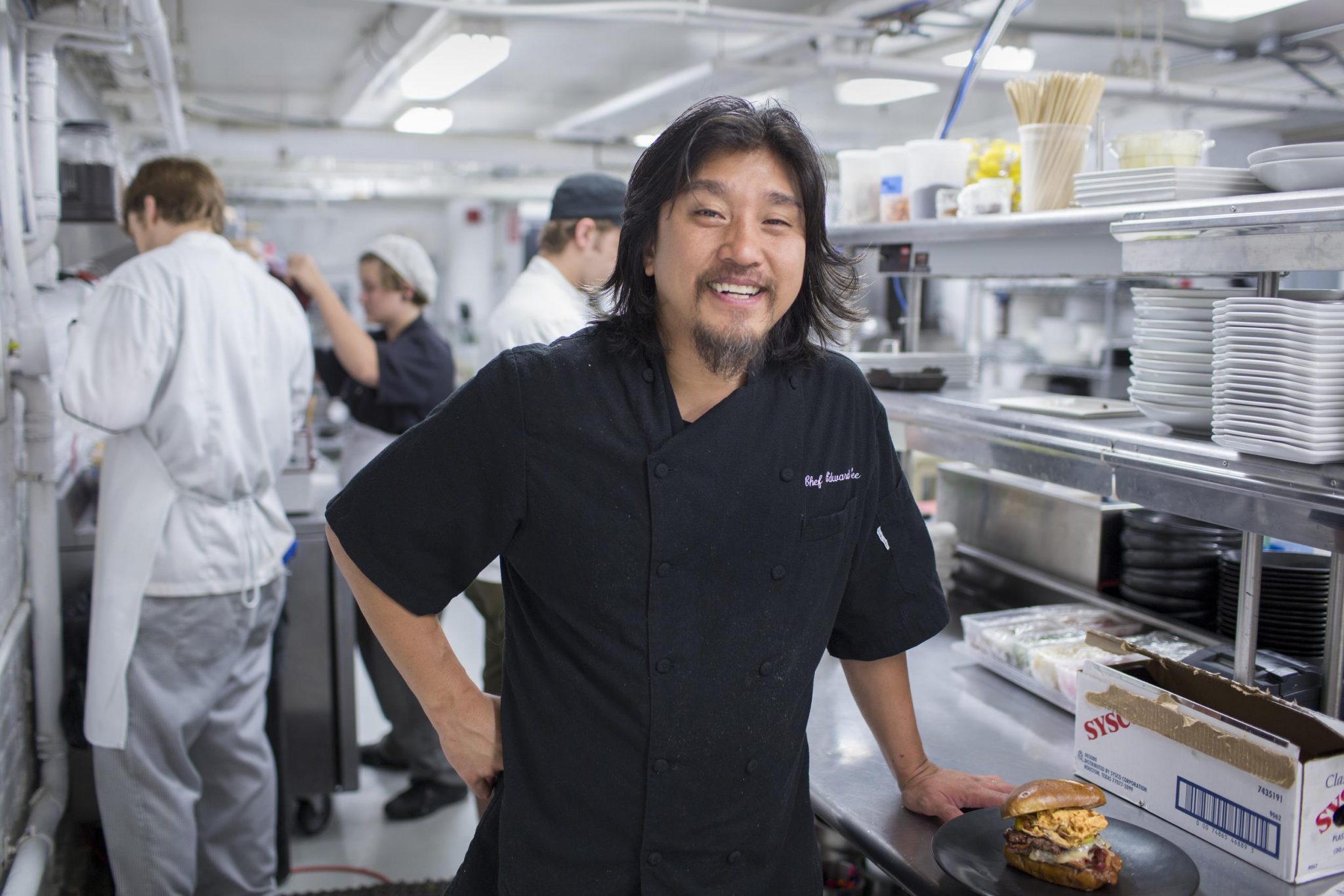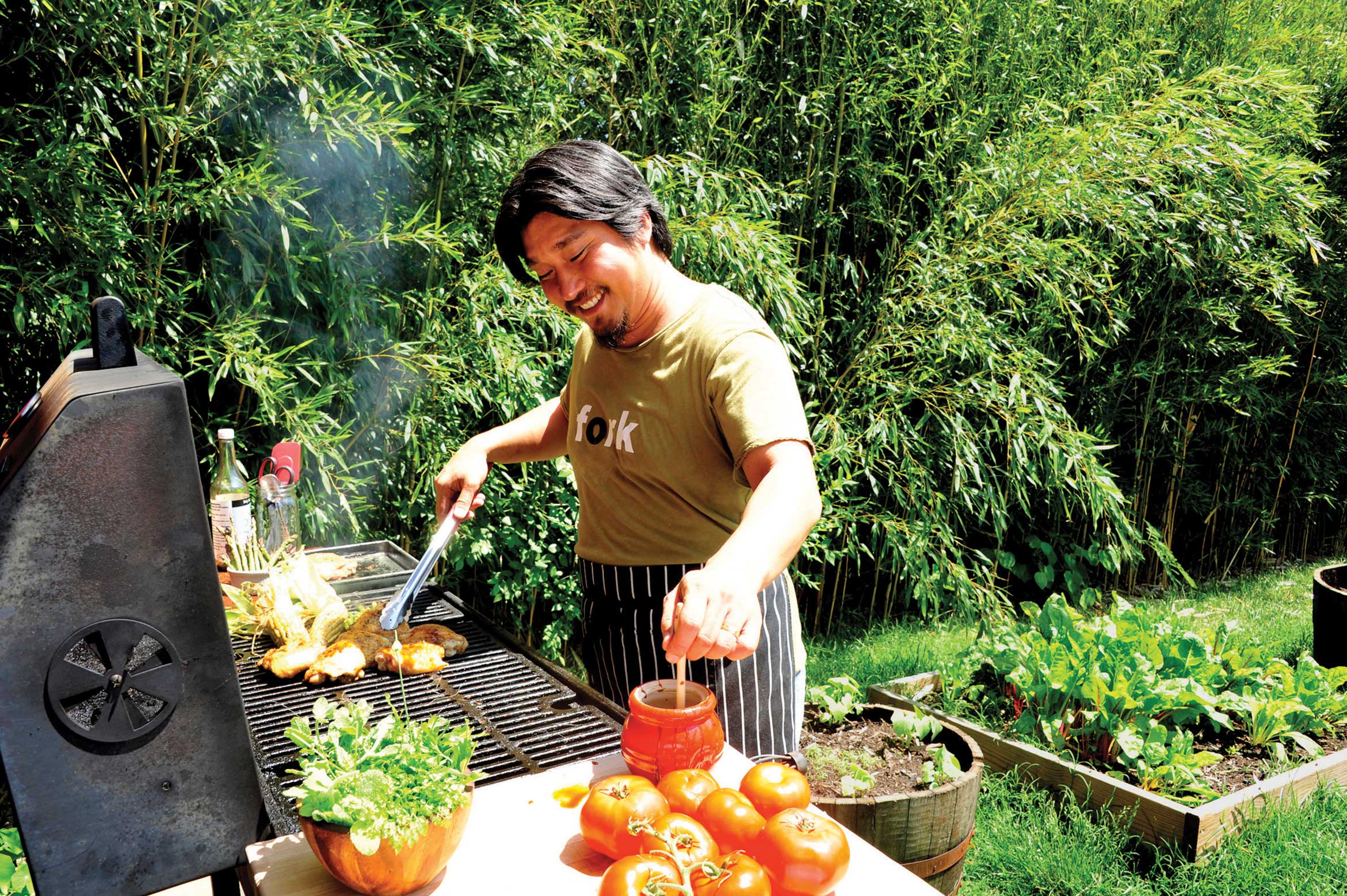In the Spring 2024 edition of Food & Dining Magazine, our dining guide listed a dozen eateries specializing in Korean cuisine, several of which have opened only recently. Concurrently, The Chosun Daily “is an English-language news website that provides a selection of articles from The Chosunilbo, a major Korean newspaper, and its affiliates.”
Korean food takes center stage in Kentucky, by You Jin-woo (Kentucky), Kim Seo-young (The Chosun Daily)
In Kentucky, United States, 85% of the population is white, with only 1.5% being Asian. However, during a visit to the St. Andrews area in Louisville on May 20, Korean food seemed to attract significant interest among the minority population.
At the first grocery store entered, Trader Joe’s, hundreds of gochujang (Korean chili paste) products were lined up on the shelves.
I’d imagine that the editors of a Korean news outlet might easily find more than one reason to feature Louisville in an article about food, but the best reason remains Ed Lee.
USA Today annually selects the top 50 restaurants across the U.S. Last year, only two from Kentucky made the list, one of which was “Nami,” a modern Korean restaurant.
Nami was opened by renowned Korean-American chef Edward Lee, who prepared the state banquet for South Korean President Yoon Suk-yeol at the White House last year. Despite opening just a year ago, Nami has become a highly sought-after restaurant in this small city, with reservations booked a month in advance.
The geographical term “Asia” covers an immense portion of the planet, and the smaller bits aren’t always alike. In 2023, the Times of India looked at the difference between Korean and Chinese cuisines.
Korean cuisine is known for its unique cooking techniques, such as grilling (gui), pan-frying (jeon), boiling (guk), and stewing (jjim). The iconic Korean barbecue, where diners grill their own marinated meats at the table, remains a popular choice worldwide. The process of fermentation is also significant, with traditional methods like kimchi-making being passed down through generations.
Chinese cuisine encompasses an array of cooking techniques, including stir-frying (chao), deep-frying (zha), steaming (zheng), red cooking (hongshao), and braising (hongshao). Stir-frying, with its rapid high-heat cooking, is one of China’s most famous techniques, preserving the texture and flavours of ingredients.
When I think back to daze of youth, the vicinity of my lifelong residence wasn’t always so well equipped with culinary choices. We have them now, in abundance, and they’re a major factor contributing to our local quality of life. For reasons unknown, I never got around to buying the cookbook mentioned in a previous installment of “Edibles & Potables.” This will be rectified in 3 … 2 … 1 …


























